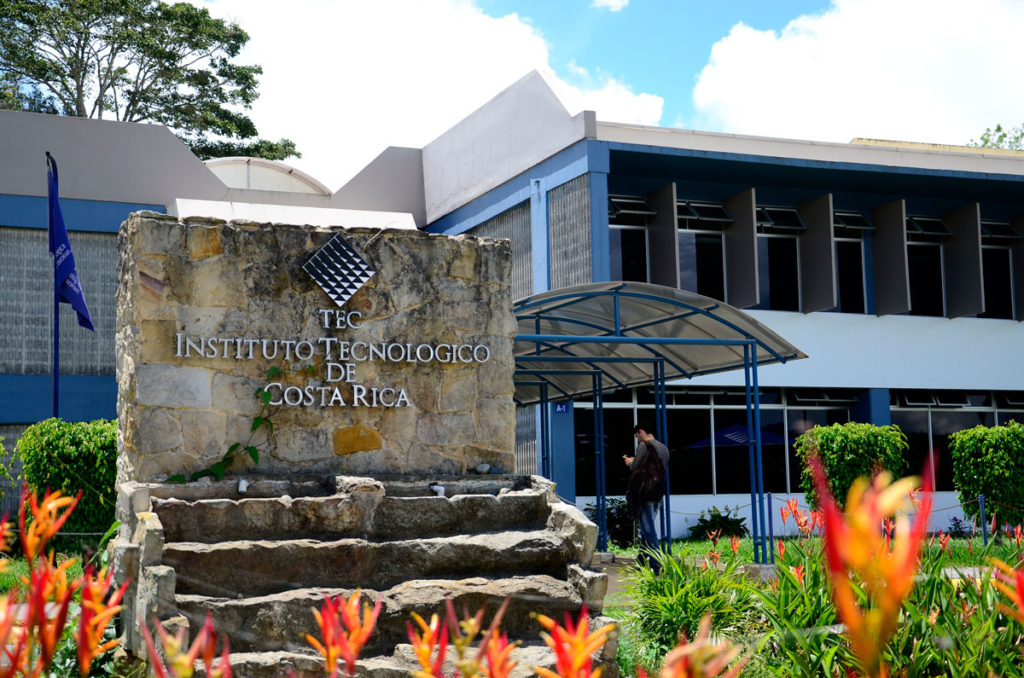Currently, both the private and public sectors have had to innovate and make use of new technologies in order not to be left behind in the competitive race that is being experienced worldwide. Within the technological field, a few years ago a new tool, artificial intelligence (AI), took off, being able to learn by itself and replace human tasks that require thinking and reasoning.
AI is created by means of algorithms that allow the device where it is applied to learn continuously and autonomously with the information received, leading it to learn more about a specific subject over time. This type of tools has experienced controversy around them since their popularization, as they can perform more effectively and efficiently traditionally human activities, thanks to their main features: machine learning, cloud storage, data analysis and process automation.
In a global context, which seeks to use natural resources in a better way to avoid compromising the welfare of future generations, the application of new tools, as useful as artificial intelligence, should be considered when establishing strategies for environmental, social and economic sustainability.
In relation to the above, there are many ways in which the sustainability strategy can be conducted, one of the best known is ESG (Environmental, Social and Governance), which is a set of measures that can be used by stakeholders, mainly investors, to judge how companies are impacting the world, beyond just generating profits. Within this framework, waste management is a major challenge for many organizations, because it requires time, resources and knowledge for proper management to be carried out.
This is why artificial intelligence has recently found a niche in waste management since, through automation and decision making based on data analysis, it can both prevent the generation of waste and improve its final disposal, making it an ally in the path of organizations to achieve their ESG objectives.
In order to better explain this topic, three current examples can be mentioned. First, we can refer to Wasteless, understood as a system that offers users different prices according to the expiration date of the products in a supermarket. The function of this procedure is to minimize food waste and, therefore, to contribute to the proper management of solid waste in the environment [1] .


For a second case of how artificial intelligence is applied to waste management, AMP Robotics stands out. This company defines its technology as innovative machinery specialized in the separation of solid waste, since it identifies, classifies and separates it properly according to the type of material being processed. In addition, although the mechanism is mostly used in recycling plants, it can be incorporated into industries with high rates of solid waste generation. It should be noted that, by using AI in the separation and classification of waste, the process becomes more efficient and reliable, since it takes less time and economic resources to achieve the relevant objectives, and reduces an operational error, which is most often related to work performed by humans [3].
The third case is the Bin-e mechanism, like the previous one, but on a smaller scale. It works along the same technological lines of detecting, classifying and compressing waste by means of sensors and cameras. This system has the added value of controlling the filling level of the containers, which is functional if in the workplace where it is used the generation rate is high [4].
Finally, it is important to understand that technology is constantly changing, as is the environment. Therefore, these two aspects can be unified, so that AI can be used as a tool to realize a company’s ESG strategy, as well as to further promote sustainable development.

Bibliography
[1] Wasteless. Accessed March, 2024. [Online]. Available: https://www.wasteless.com/
[2] IStock. Accessed March, 2024. [Online]. Available: https://www.istockphoto.com/es/fotos/woman-supermarket
[3] AMP Sortation. Accessed March, 2024. [Online]. Available: https://ampsortation.com/ Accessed March 2024.
[4] L. Bothwell. “AMP Robotics Hits Major AI-driven Recycling Milestone”. Watse 360. Accessed: March, 2024. [Online]. Available: https://www.waste360.com/waste-recycling/amp-robotics-hits-major-ai-driven-recycling-milestone
[5] Bin-e. Accessed March, 2024. [Online]. Available: https://bine.world/
[6] Solar Impulse Foundation. “Bin-e Waste Management System”. Accessed March, 2024. [Online]. Available: https://solarimpulse.com/solutions-explorer/bin-e-waste-management-system

